Introduction

Orthodontics has come a long way in the quest for perfect smiles, and at the heart of this evolution lies the innovative use of cu niti wire. This remarkable material, known for its unique properties, plays a crucial role in aligning teeth effectively and comfortably. Understanding what makes cu niti wire special is essential for both orthodontic professionals and patients seeking optimal treatment outcomes.
Understanding the Basics of Cu-Niti Wire
Cu niti wire, or copper-nickel-titanium wire, is a game changer in orthodontic treatments. But what does CU mean in wires? The “CU” refers to copper, which enhances the wire's mechanical properties and improves its shape memory effect. This means that when subjected to specific temperatures, cu niti wire can return to its original shape after being deformed, making it an ideal choice for gradual teeth movement.
The Science Behind Orthodontic Treatment
The science behind orthodontic treatment relies heavily on materials like niTi wire and its variations, including cu niti wire. What is a NiTi wire used for? Primarily, it’s utilized to exert gentle forces over extended periods, allowing teeth to shift into their desired positions without causing excessive discomfort. The flexibility and resilience of these wires are essential components that contribute significantly to effective orthodontics.
Advantages of Using Damon Type Wires
One standout option in the realm of orthodontic wires is Damon type wires, which leverage advanced technology to enhance treatment efficiency. With their low friction design and ability to work harmoniously with cu niti wire systems, these wires help reduce overall treatment time while improving patient comfort. By utilizing heat activated NiTi wires alongside Damon systems, orthodontists can achieve remarkable results with minimal adjustments needed throughout the process.
The Role of Cu-Niti Wire in Orthodontics
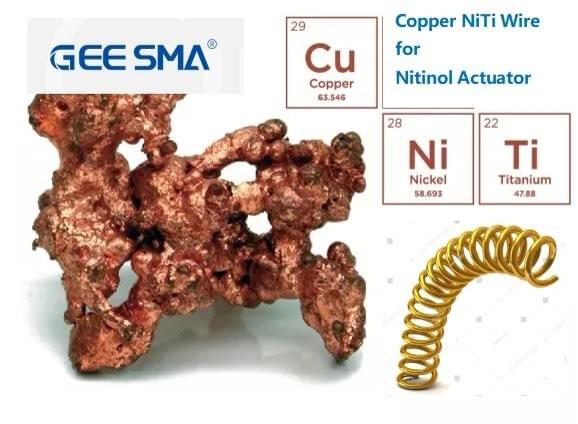
In the realm of orthodontics, cu-niti wire plays a pivotal role in achieving optimal teeth alignment. This unique wire type combines copper (Cu) and nickel titanium (NiTi), making it a versatile choice for various orthodontic applications. Understanding its significance can help both practitioners and patients appreciate the advancements in dental technology.
What does CU mean in wires?
When we refer to CU in wires, we're talking about the element copper, which is crucial for enhancing the properties of nickel titanium wires. Copper is added to create cu-niti wire, resulting in a material that exhibits shape memory and superelasticity—two essential characteristics for effective orthodontic treatment. So, when you hear What does CU mean in wires? remember it's all about improving flexibility and performance during teeth alignment.
Benefits of Cu-Niti Wire in Teeth Alignment
This type of wire provides gentle yet consistent forces on teeth, promoting gradual movement without causing excessive discomfort to patients. Additionally, cu-niti wires are highly effective at maintaining their shape over time, allowing orthodontists to achieve precise results while minimizing the need for frequent adjustments.
How Cu-Niti Wires Adjust Over Time
One of the remarkable features of cu-niti wires is their ability to adjust over time through temperature changes within the mouth. These wires can react to body heat by becoming more flexible or returning to their original shape as temperatures fluctuate during treatment. This dynamic adjustment allows for continuous adaptation throughout the course of orthodontic therapy, ensuring that your smile journey remains both comfortable and effective.
Exploring NiTi Wire Applications
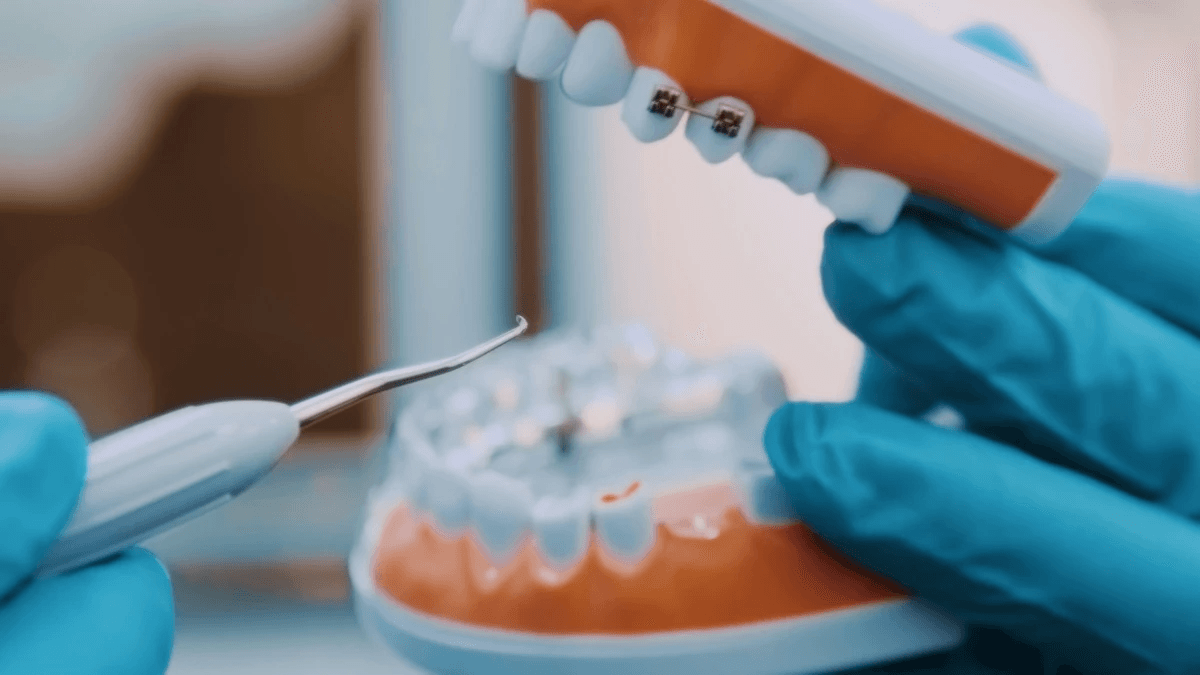
NiTi wire, short for Nickel-Titanium wire, is a key player in the orthodontic world. This remarkable material is primarily used for aligning teeth and correcting various dental issues. When discussing cu niti wire, it’s essential to understand that NiTi wires provide the flexibility and resilience needed for effective orthodontic treatments.
What is a NiTi wire used for?
NiTi wires serve multiple purposes in orthodontics, making them indispensable tools in the field. These wires are primarily used to apply gentle, continuous forces on teeth to guide them into their desired positions over time. In addition to traditional applications, heat activated NiTi wires have gained popularity due to their unique properties that enhance treatment efficiency and patient comfort.
When we delve deeper into what does CU mean in wires, it's crucial to note that Cu-NiTi combinations often offer improved performance compared to standard NiTi alone. The combination of copper with nickel-titanium enhances the wire's thermal properties and allows for better control during treatment phases. Overall, understanding what is a NiTi wire used for can significantly impact treatment outcomes.
The Importance of Flexibility in Orthodontics
Flexibility is one of the standout features of both cu niti wire and traditional NiTi wire types. This flexibility allows orthodontists to apply lighter forces over extended periods without sacrificing effectiveness—ideal for gradual tooth movement without discomfort or pain for patients. A flexible wire adapts easily to the varying shapes and sizes of dental arches, ensuring comprehensive coverage during alignment processes.
Moreover, this adaptability means fewer adjustments are needed compared to more rigid alternatives, saving time during appointments while enhancing patient satisfaction. The use of flexible cu niti wire can lead to more predictable results as well since it can accommodate changes in treatment plans without causing undue stress on the teeth or gums. Thus, understanding flexibility's importance offers insights into why modern orthodontics increasingly favors these materials.
NiTi Wires in Modern Orthodontic Treatments
In modern orthodontic treatments, NiTi wires have revolutionized how practitioners approach tooth alignment and correction strategies. As technology advances, so do the applications of these versatile wires; they are now integral components in various braces systems including self-ligating braces which utilize cu niti wire effectively alongside other materials like heat activated NiTi wires for optimal results.
The integration of innovative materials has allowed orthodontists to customize treatments based on individual patient needs—ensuring that each person receives tailored care rather than a one-size-fits-all solution typical of older methodologies. With ongoing research into new cu niti wire types emerging regularly, we can expect even greater advancements in treatment efficiency and comfort levels moving forward.
In conclusion, with their unique properties and applications ranging from basic alignment tasks to complex corrective procedures involving heat activated NiTi wires or specialized cu niti variations—the role of these materials cannot be overstated in contemporary dentistry.
Types of CuNiti Wires
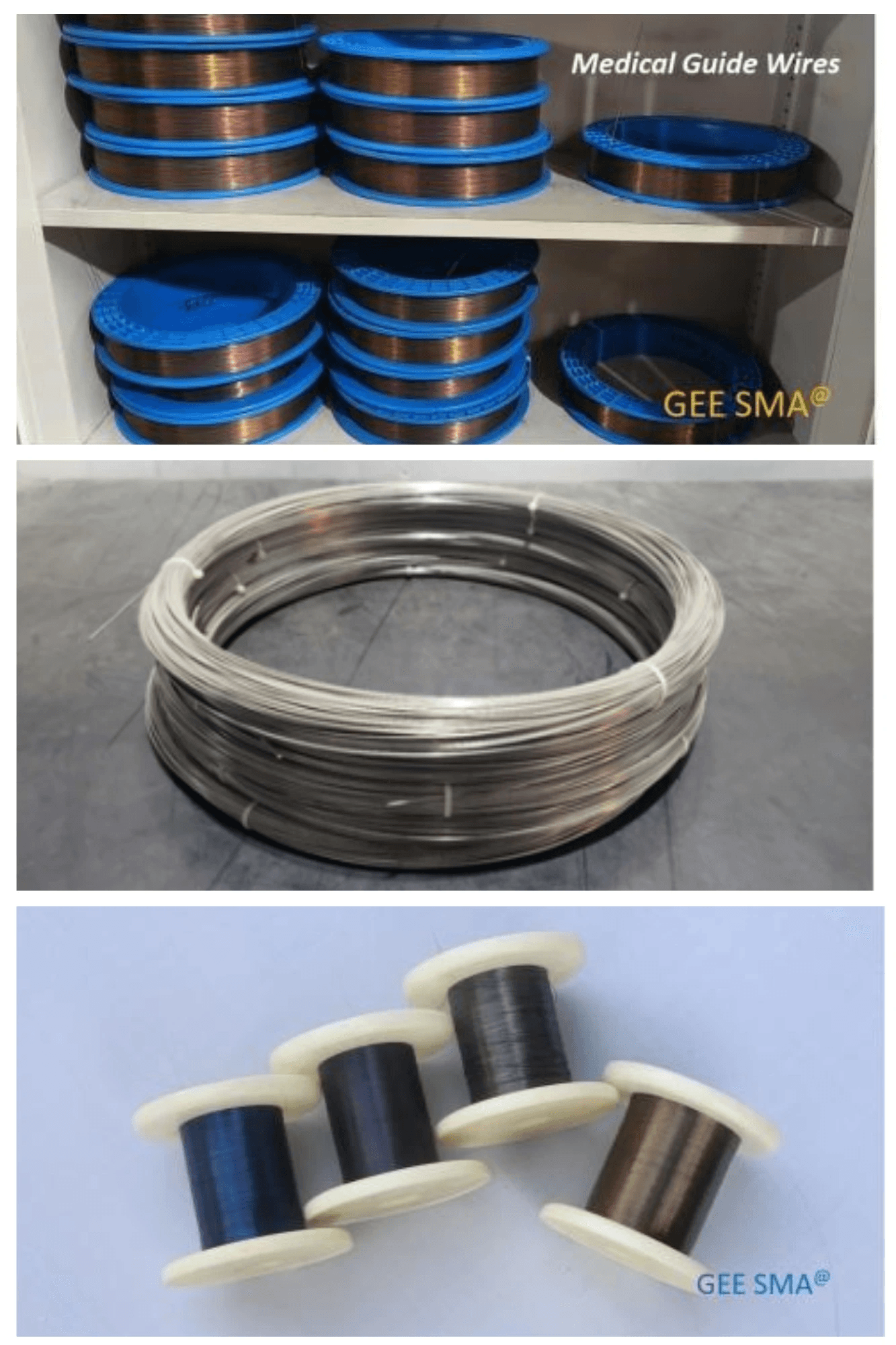
When it comes to orthodontic treatments, understanding the different types of Cu-Niti wire is essential for both practitioners and patients alike. Each type offers unique properties that can significantly impact the effectiveness and comfort of treatment. This section will delve into the various Cuniti wire types, comparing round and rectangular wires, and providing guidance on how to choose the right one for your specific needs.
Cuniti wire types explained
Cuniti wires are primarily categorized based on their composition and shape, which influence their performance in orthodontics. The most common types include standard Cu-Niti wires, heat-activated NiTi wires, and those specifically designed for certain applications. Understanding what does CU mean in wires is crucial; it refers to copper, which enhances the wire’s ability to exert continuous force on teeth while also providing flexibility.
Standard Cu-Niti wire is often used in initial alignment due to its excellent shape memory properties. Heat-activated NiTi wires take this a step further by responding to body temperature changes, allowing for more gentle tooth movement over time. Each type plays a vital role in achieving optimal results during orthodontic treatment.
Comparing Round vs. Rectangular Wires
When discussing Cuniti wire types, one of the most significant distinctions lies between round and rectangular wires. Round wires tend to be more forgiving when it comes to tooth movement; they provide a smoother experience but may lack some efficiency in controlling rotation or tipping of teeth compared to their rectangular counterparts. Rectangular Cu-Niti wires are often favored for their ability to engage brackets more effectively, making them ideal for finishing stages of treatment.
The choice between these two shapes can influence not only the speed but also the comfort of treatment outcomes. For example, if precise control over tooth positioning is required—what is a NiTi wire used for?—the rectangular option might be preferable during later phases of alignment when precision matters most. Ultimately, understanding these differences helps practitioners tailor treatments that best suit individual patient needs.
Choosing the Right Cu-Niti Wire for Your Needs
Selecting the appropriate Cuniti wire types involves considering several factors including patient age, dental conditions, and specific treatment goals. For instance, younger patients with developing dentition may benefit from softer round Cu-Niti wires that provide gentle forces without overwhelming discomfort while still being effective at aligning teeth over time with minimal resistance.
On the other hand, adults or patients with complex cases might require heat-activated NiTi wires or rectangular options that offer enhanced control over movements—this brings us back to what is a CU wire only? It's essential not just to know about these choices but also how they interact with individual biomechanical needs throughout treatment duration.
In conclusion, choosing between different Cuniti wire types requires careful thought about each patient's unique situation as well as an understanding of what does CU mean in wires and how it affects performance overall in orthodontics.
Heat Activated NiTi Wires

Heat activated NiTi wires are a fascinating innovation in the world of orthodontics. These wires, made from a nickel-titanium alloy, respond to temperature changes, allowing them to become more flexible and effective in aligning teeth. This unique property sets heat activated NiTi wires apart from traditional cu niti wire options, making them a popular choice among orthodontists.
What are heat activated NiTi wires?
Heat activated NiTi wires are specialized orthodontic materials designed to exert gentle forces on teeth when exposed to body temperature. Unlike standard cu niti wire, which maintains its stiffness regardless of temperature fluctuations, these wires soften and adapt as they warm up in the mouth. This adaptability allows for more controlled tooth movement over time, enhancing patient comfort and treatment efficacy.
How Heat Activation Enhances Orthodontic Treatment
The magic of heat activation lies in its ability to provide consistent force with minimal discomfort for the patient. When using heat activated NiTi wires, orthodontists can achieve optimal tooth movement without subjecting patients to excessive pressure that can lead to pain or discomfort—something often experienced with traditional CU wire only options. The gradual adjustment offered by these innovative wires allows for smoother transitions during treatment phases, ultimately resulting in better alignment outcomes.
Real-World Applications of Heat Activated Wires
In practice, heat activated NiTi wires have found their way into various orthodontic treatments due to their versatility and effectiveness. They are commonly used during the initial stages of treatment when teeth need significant repositioning but can also be beneficial in later phases for fine-tuning alignment—showcasing their role beyond just being another cu niti wire option. From correcting misalignments to providing support during complex cases, heat activated NiTi wires have become an essential tool for modern orthodontics.
GEE SMA's Innovations in Orthodontic Wires
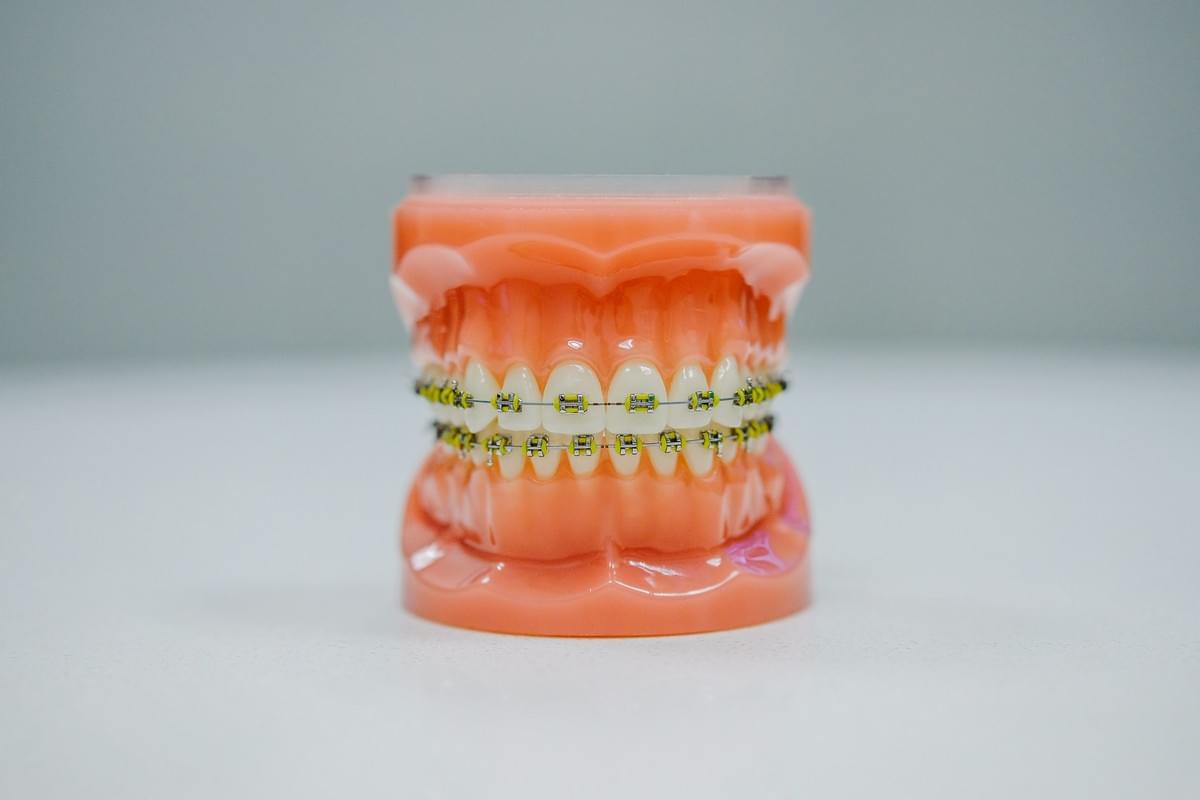
GEE SMA is at the forefront of orthodontic wire innovations, particularly with their Cu-Niti wire offerings. Their commitment to quality and precision ensures that orthodontists have access to reliable materials that enhance treatment outcomes. By focusing on advanced manufacturing techniques, GEE SMA sets a high standard in the industry.
Quality and Precision in Cu-Niti Wire Production
When discussing Cu-Niti wire, one must appreciate the meticulous production processes involved. Quality control measures are implemented at every stage, from raw material selection to final product testing, ensuring that each wire meets stringent specifications. The result is a Cu-Niti wire that not only performs well but also stands up to the rigors of orthodontic treatment.
The question What does CU mean in wires? often arises among practitioners and patients alike. In this context, CU refers to copper, which plays a crucial role in enhancing the properties of NiTi wires by providing improved flexibility and strength. This innovation allows for more effective teeth alignment while minimizing discomfort during treatment.
GEE SMA’s Role in Advancing Orthodontic Materials
GEE SMA has positioned itself as a leader in developing advanced orthodontic materials, particularly through its innovative Cu-Niti wire solutions. Their research and development teams continuously explore new methodologies to improve existing products while also creating new ones tailored for specific needs within orthodontics. This dedication not only enhances patient comfort but also improves overall treatment efficacy.
Understanding What is a NiTi wire used for? helps highlight its significance alongside Cu-Niti wires in modern orthodontics. NiTi wires are utilized primarily for their shape memory properties, which allow them to exert continuous forces on teeth over time—an essential feature for effective alignment procedures. By integrating these cutting-edge technologies into their offerings, GEE SMA ensures that practitioners have access to state-of-the-art solutions.
Collaborations and Technologies in Orthodontics
Collaborations with dental professionals and research institutions enable GEE SMA to stay ahead of trends and demands within the field of orthodontics. These partnerships foster innovation by allowing for real-world feedback on products like heat activated NiTi wires or various Cuniti wire types during clinical trials before they reach market readiness. Such efforts ensure that every new product addresses specific challenges faced by practitioners today.
The exploration of different Cuniti wire types allows orthodontists to choose the best option based on individual patient needs—whether they require round or rectangular profiles for optimal performance during treatment phases. With advancements like heat activated NiTi wires becoming more prevalent, GEE SMA remains committed to integrating these technologies into their production lines seamlessly.
In conclusion, GEE SMA's innovations signify a transformative leap forward in how we approach orthodontic treatments using cu niti wire and related materials.
Conclusion
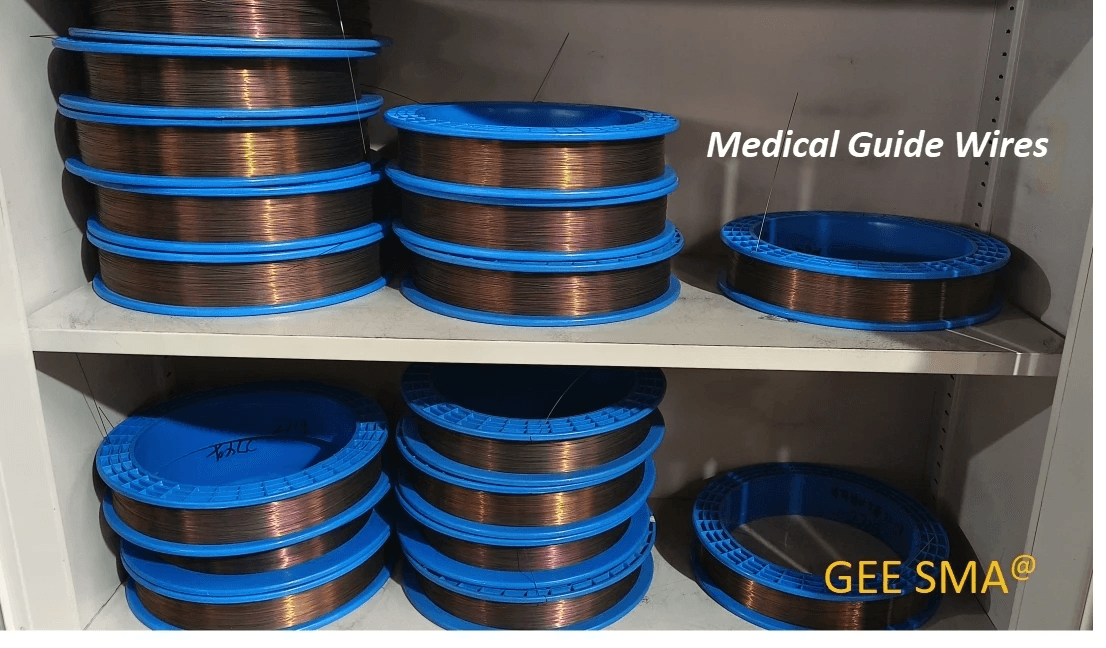
As we wrap up our exploration of Cu-Niti wire and its pivotal role in orthodontics, it’s clear that the future holds exciting advancements. The evolution of materials like Cu-Niti wire, alongside innovations such as heat activated NiTi wires, will continue to enhance treatment efficiency and patient comfort. With ongoing research and development, orthodontic treatments are set to become even more precise and effective.
The Future of Orthodontics and Cu-Niti Wire
Looking ahead, the integration of technology in orthodontics will further refine the applications of Cu-Niti wire. As we ask ourselves, What does CU mean in wires? it’s essential to recognize that copper's unique properties contribute significantly to the performance of these wires. The future may also see variations in Cuniti wire types that cater specifically to individual patient needs, ensuring a tailored approach to teeth alignment.
Key Takeaways on Wire Types and Uses
In summary, understanding what is a NiTi wire used for is crucial for both practitioners and patients alike. Different Cuniti wire types serve various purposes; from round wires ideal for initial alignment to rectangular ones designed for more complex movements. Remembering the benefits of heat activated NiTi wires can help you appreciate their role in modern orthodontics—offering adaptability that traditional materials simply can't match.
Why GEE SMA Stands Out in Orthodontic Solutions
GEE SMA has established itself as a leader in producing high-quality Cu-Niti wire that meets rigorous industry standards. Their commitment to innovation means they are at the forefront when it comes to developing new solutions like heat activated NiTi wires that enhance treatment outcomes. If you're seeking reliable orthodontic solutions, GEE SMA’s expertise ensures you're getting cutting-edge products designed with both precision and performance in mind.

